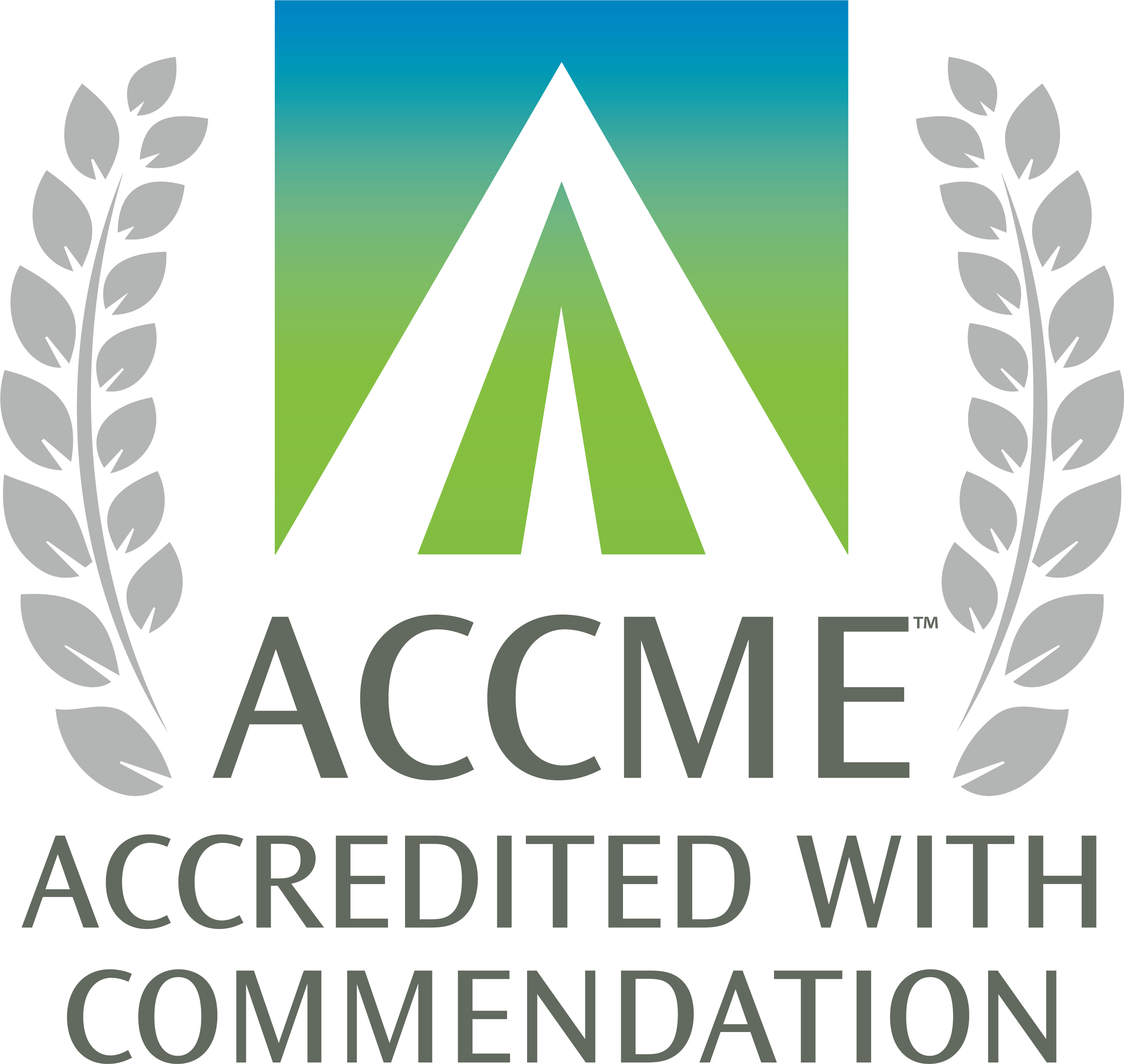Motivational Interviewing skills for providers in primary care setting (ABP MOC Part 2)
To begin this activity, click Enroll. Once logged in, learners can access educational content, assessments, and evaluations. Learners who successfully complete the activity will be able to print a certificate.
There are no relevant financial relationships to disclose for this activity
Planners and Presenters
Shannon Considine, MPH, MSW
Emerson L Delacroix, LLP
Kenneth Resnicow, MD
Kendrin R Sonneville, ScD, RD
- utilize Motivational Interviewing skills to motivate their patients to make changes in their thoughts and behaviors.
Original Release Date: August 2021
Termination Date: July 2024
This activity has been planned and implemented in accordance with the accreditation requirements and policies of the Accreditation Council for Continuing Medical Education (ACCME) through the joint providership of the University of Michigan Medical School and University of Michigan Injury Prevention Center. The University of Michigan Medical School is accredited by the Accreditation Council for Continuing Medical Education (ACCME) to provide continuing medical education for physicians.
The University of Michigan Medical School designates this enduring material for a maximum of 3.0 AMA PRA Category 1 Credit(s) ™. Physicians should claim only the credit commensurate with the extent of their participation in the activity.
American Board of Pediatric's MOC Part 2 Credit
Successful completion of this CME activity, which includes participation in the evaluation component, enables the learner to earn up to 3.0 MOC points in the American Board of Pediatric's (ABP) Maintenance of Certification (MOC) program. It is the CME activity provider’s responsibility to submit learner completion information to ACCME for the purpose of granting ABP MOC credit.
PARS Activity Identifier: 201755319
Bibliographic Resources
- Ogden CL, Carroll MD, Lawman HG, et al. Trends in Obesity Prevalence Among Children and Adolescents in the United States, 1988-1994 Through 2013-2014. JAMA 2016;315:2292-9.
- Abeysekara P, Turchi R, O’Neil M. Obesity and children with special healthcare needs: special considerations for a special population. Curr Opin Pediatr 2014;26:508-15.
- Cherry DC, Huggins B, Gilmore K. Children's health in the rural environment. Pediatr Clin North Am 2007;54:121-33.
- Wang Y. Disparities in pediatric obesity in the United States. Adv Nutr 2011;2:23-31.
- Singh AS, Mulder C, Twisk JW, van Mechelen W, Chinapaw MJ. Tracking of childhood overweight into adulthood: a systematic review of the literature. Obes Rev 2008;9:474-88.
- Kelsey MM, Zaepfel A, Bjornstad P, Nadeau KJ. Age-related consequences of childhood obesity. Gerontology 2014;60:222-8.
- Buttitta M, Iliescu C, Rousseau A, Guerrien A. Quality of life in overweight and obese children and adolescents: a literature review. Qual Life Res 2014;23:1117-39.
- Ul-Haq Z, Mackay DF, Fenwick E, Pell JP. Meta-analysis of the association between body mass index and health-related quality of life among children and adolescents, assessed using the pediatric quality of life inventory index. J Pediatr 2013;162:280-6 e1. AAP IRB – APPLICATION FOR INITIAL REVIEW OF HUMAN SUBJECTS RESEARCH Page 38 of 41 Form Date: 11/7/16
- Wang Y, Beydoun MA. The obesity epidemic in the United States--gender, age, socioeconomic, racial/ethnic, and geographic characteristics: a systematic review and meta-regression analysis. Epidemiol Rev 2007;29:6-28.
- Barlow SE, Expert C. Expert committee recommendations regarding the prevention, assessment, and treatment of child and adolescent overweight and obesity: summary report. Pediatrics 2007;120 Suppl 4:S164-92.
- Bright Futures: Guidelines for Health Supervision of Infants, Children, and Adolescents. Fourth edition. Elk Grove Village, IL: American Academy of Pediatrics; 2017.
- The Number of Practicing Primary Care Physicians in the United States: Primary Care Workforce Facts and Stats No. 1. 2014. (Accessed July 17, 2015, at http://www.ahrq.gov/research/findings/factsheets/primary/pcwork1/index.html.)
- Freed GL, Dunham KM, Gebremariam A, Wheeler JR, Research Advisory Committee of the American Board of P. Which pediatricians are providing care to America's children? An update on the trends and changes during the past 26 years. J Pediatr 2010;157:148-52 e1.
- Coppock JH, Ridolfi DR, Hayes JF, St Paul M, Wilfley DE. Current approaches to the management of pediatric overweight and obesity. Curr Treat Options Cardiovasc Med 2014;16:343.
- Daniels SR, Hassink SG, Committee on Nutrition. The Role of the Pediatrician in Primary Prevention of Obesity. Pediatrics 2015;136:e275-e92.
- Foster BA, Farragher J, Parker P, Sosa ET. Treatment Interventions for Early Childhood Obesity: A Systematic Review. Acad Pediatr 2015;15:353-61.
- Oude Luttikhuis H, Baur L, Jansen H, et al. Interventions for treating obesity in children. Cochrane Database System Rev 2009:CD001872.
- Martins RK, McNeil DW. Review of motivational interviewing in promoting health behaviors. Clin Psychol Rev2009;29:283-93.
- Suarez M, Mullins S. Motivational interviewing and pediatric health behavior interventions. J Dev Behav Ped 2008;29:417-28.
- Frintner MP LJ, Lindros J, Baker AE, Hassink SG. Are Graduating Residents Prepared to Engage in Obesity Prevention and Treatment? Pediatric Academic Societies and Asian Society for Pediatric Research Joint Meeting; 2014; Vancouver, BC; 2014.
- Story MT, Neumark-Stzainer DR, Sherwood NE, et al. Management of child and adolescent obesity: attitudes, barriers, skills, and training needs among health care professionals. Pediatrics 2002;110:210-4.
- van Gerwen M, Franc C, Rosman S, Le Vaillant M, Pelletier-Fleury N. Primary care physicians' knowledge, attitudes, beliefs and practices regarding childhood obesity: a systematic review. Obes Rev 2009;10:227-36.
- Daymont C, Ross M, Localio AR, Fiks AG, Wasserman RC, Grundmeier RW. Automated identification of implausible values in growth data from pediatric electronic health records. J Am Med Inform Assoc, 2017; Epub ahead of print.
- McMaster F and Resnicow K. Validation of the one-pass measure for motivational interviewing competence. Patient Educ Couns 2015; 98(4):499-505.


